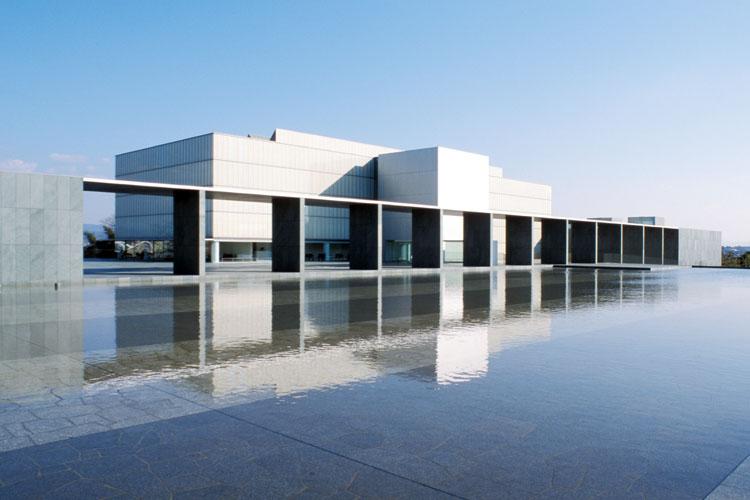As housing becomes increasingly unaffordable for the region’s poorest, many are looking to informal settlements outside the city as inexpensive places to make their home. This forum will explore informal settlement patterns in the peri-urban areas in Texas, specifically drawing on examples in the Austin region.
For over two decades, planners and community leaders have debated the merits of light rail in the Austin region. Although passenger rail services can accommodate the growing transportation demand facing the region and provide an alternative to increasingly congested highways, the region has been challenged in its effort to build a multimodal system. In the meantime, other regions have moved ahead with plans and succeeded in integrating rail into their regional transportation systems.
The past decade has seen a dramatic rise in the levels of obesity, heart disease and cancer in children and adults because of decreased physical activity. These problems are exacerbated by limited access to parks and safe sidewalks and a lack of public safety in many communities. Cities now look to planners to assist in addressing this public health challenge. In this city forum, planners and public health professionals from The University of Texas, the City of Austin and the Austin community will discuss how planning interventions can improve public health in cities.
In cities across the United States, comprehensive planning is used to fulfill legal mandates, establish growth and development strategies, and provide opportunities for residents to play a role in defining the future of their communities. This City Forum will explore the comprehensive planning experience in Fort Worth and discuss possible lessons for Austin. This is the second in a series of City Forums devoted to Austin’s comprehensive planning process, developed and presented jointly by the Program in Community and Regional Planning and the City of Austin.

The photographs in the exhibit, Rigorous Visions: Capturing Contemporary Architecture, represent a small subset of the thousands of images that Professor Lawrence Speck has contributed to the School of Architecture's Visual Resources Collection.
Throughout the world, economic development, environmental processes, and institutional neglect threaten priceless historical buildings and monuments. Preservation of these archives of cultural history requires creative research strategies, the latest in data management and preservation technologies, and effective institutional coordination.
Cities are both real and imagined. Social constructions and narratives influence the way we think about neighborhoods, streets, buildings and public spaces, and these imaginaries in turn shape policy strategies and planning practices. In this City Forum, three University of Texas scholars will examine the connections between such social constructions, state control and planning practice, and everyday efforts by people to claim access to urban spaces. Their presentations draw on their research in Karachi, Pakistan; Ahmedabad, India; and Vienna, Austria.
Panelists and Abstracts
Students from three University of Texas in Austin School of Architecture studios explored the material properties of paper in the first assignment of the semester. Each studio assignment was different in their program and design requirements; however, collectively through analog and digital methods of manipulation – folding, bending, perforating, ripping, scoring, crushing, weaving and/or cutting – each form of representation provides a unique designed component and assembly of parts. Generative and iterative explorations are seen in three-dimensionality and in surface analysis.
The phrase ‘urban agriculture’ conjures up many thoughts: safe, local, healthy, sustainable, etc. The movement encompasses everything from backyard gardens to large organic farms, and everything in between. As Americans are becoming aware of toxins in their food system and the effect of food miles in global warming, it has become increasingly important that we not only know how our food is produced but also how far it has travelled to get to our tables.

